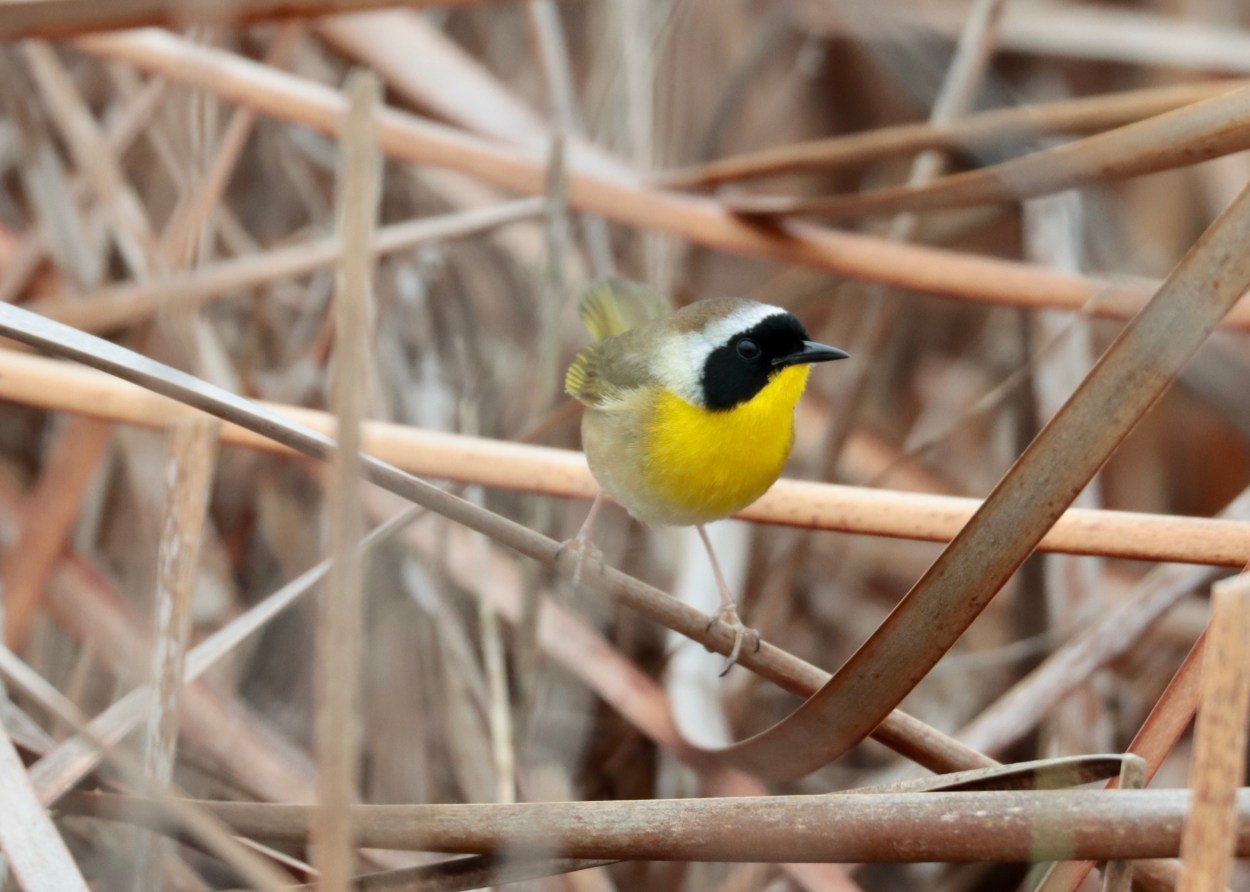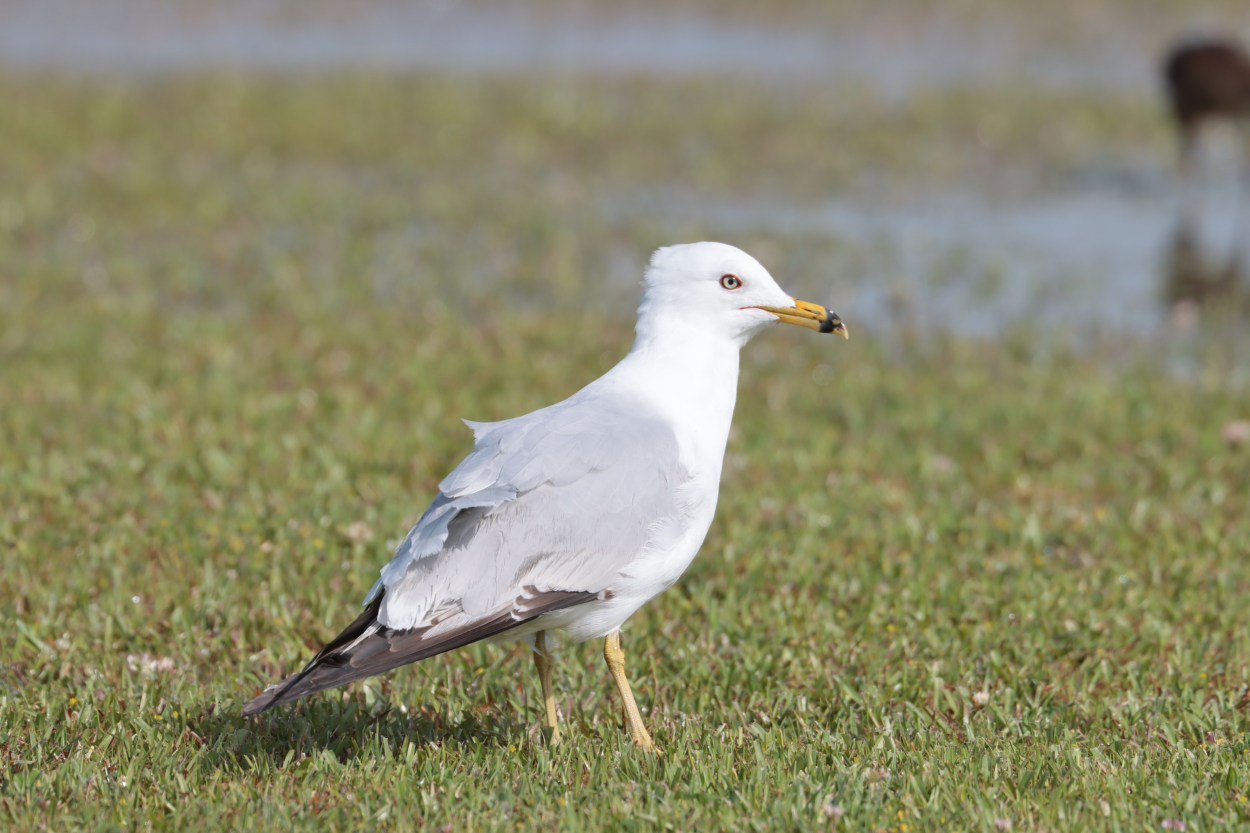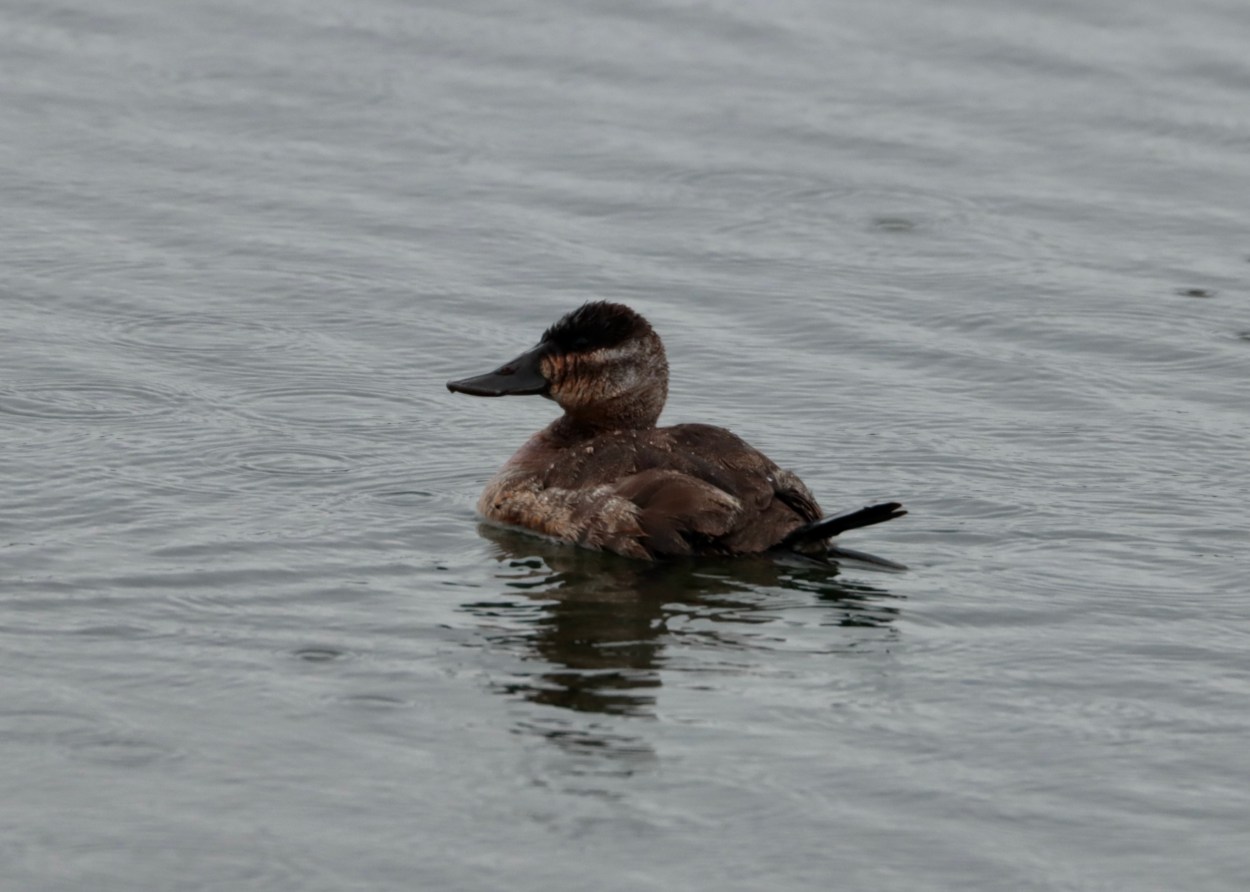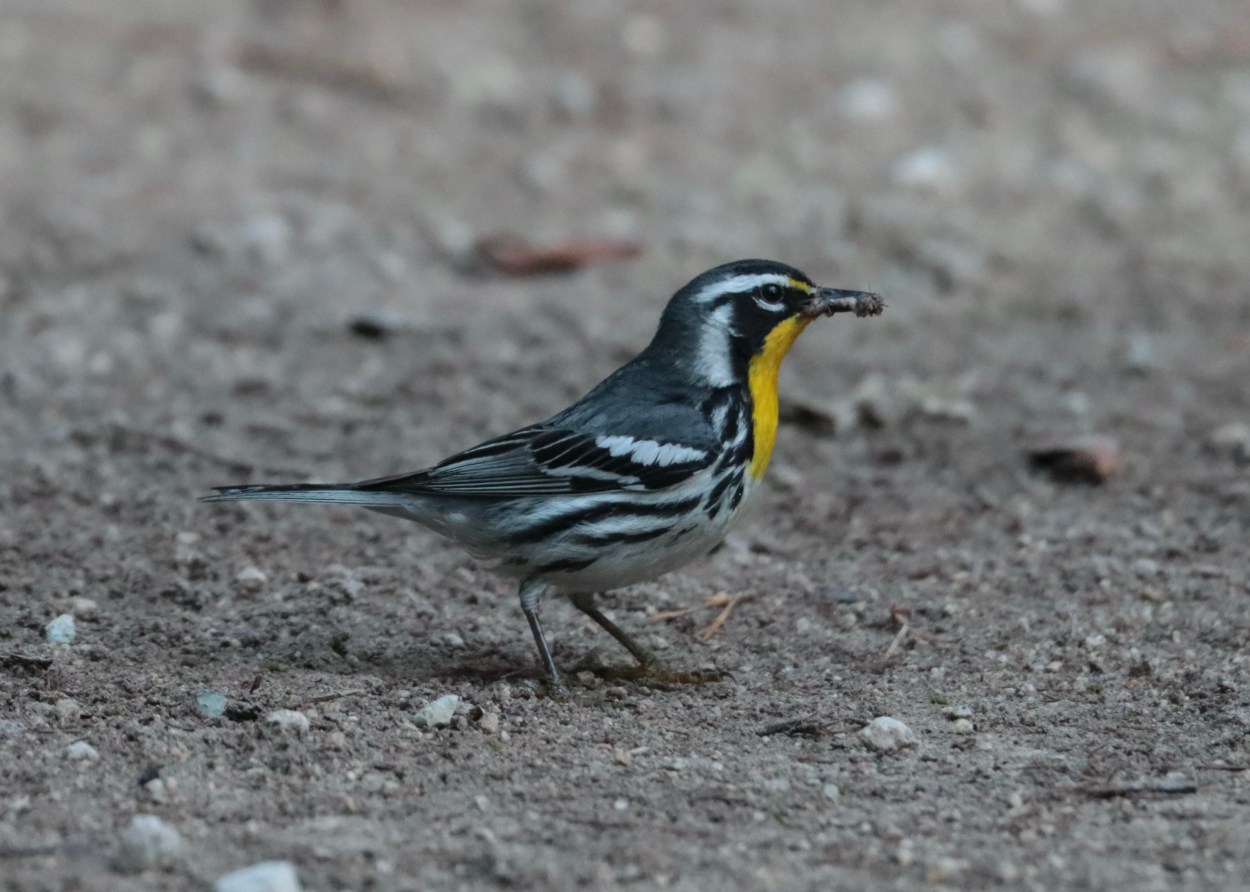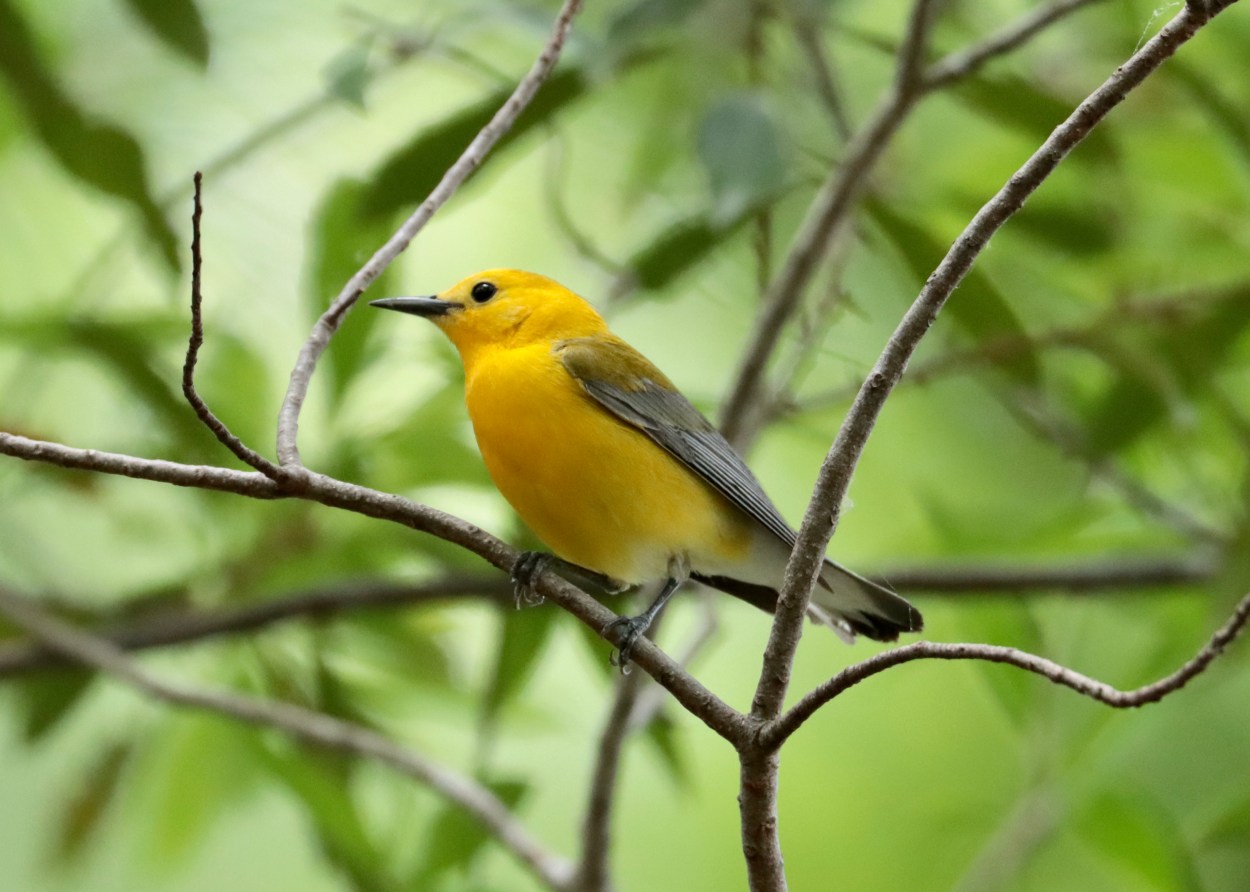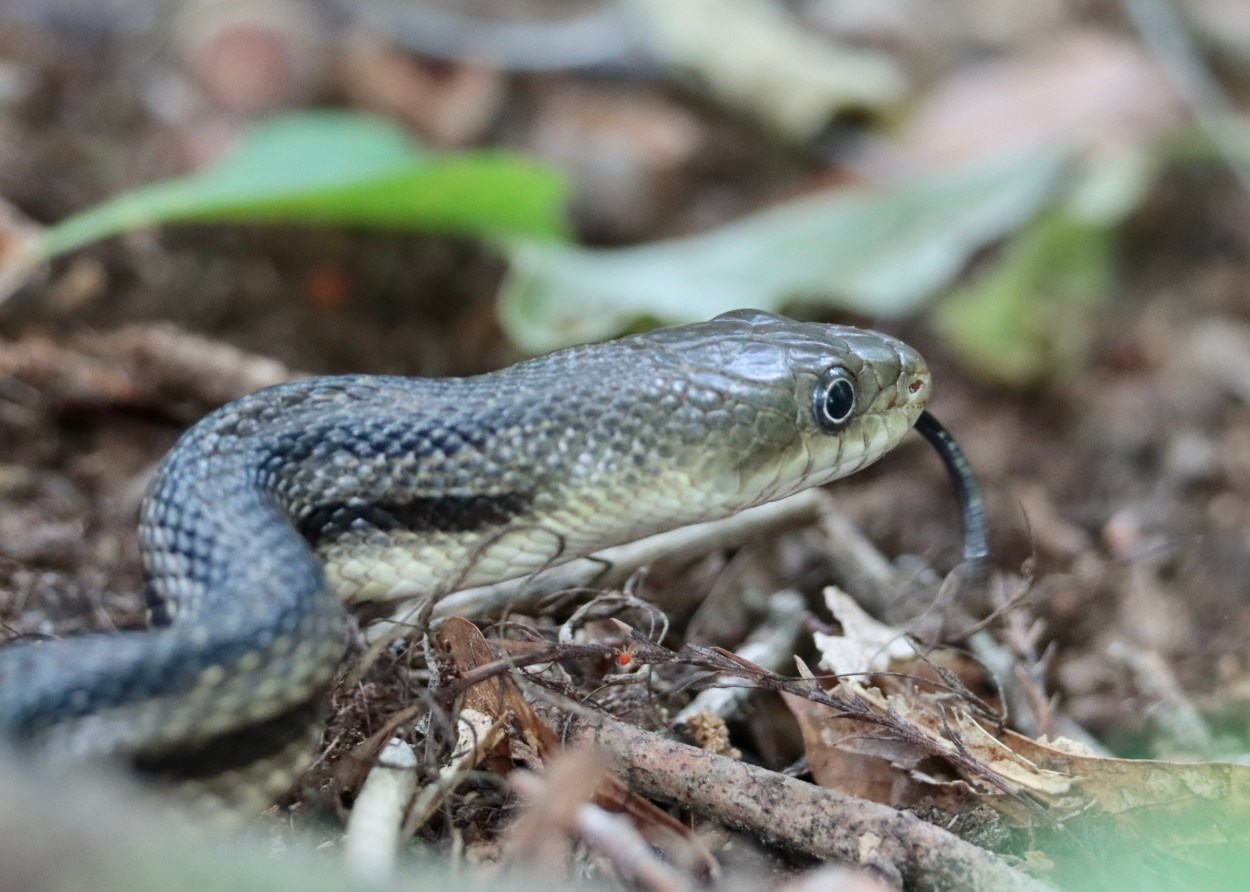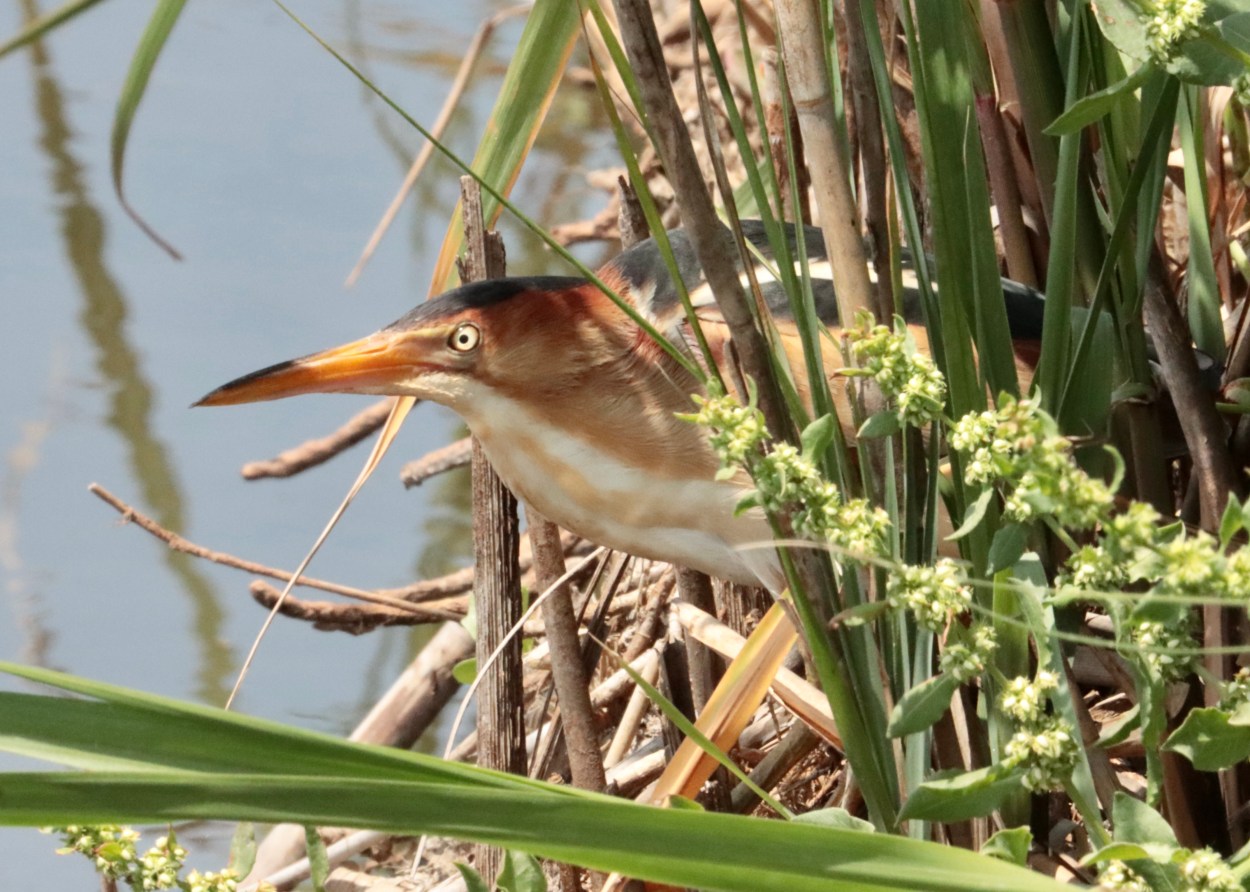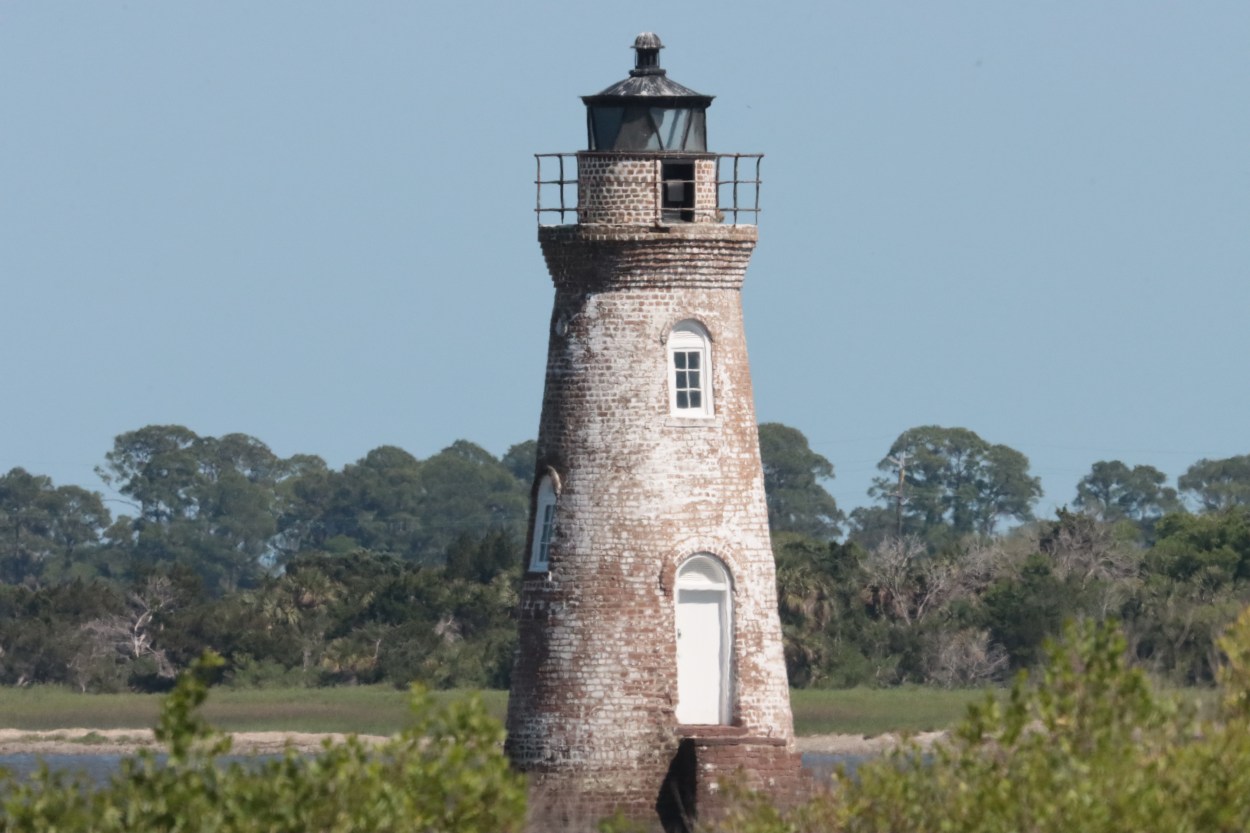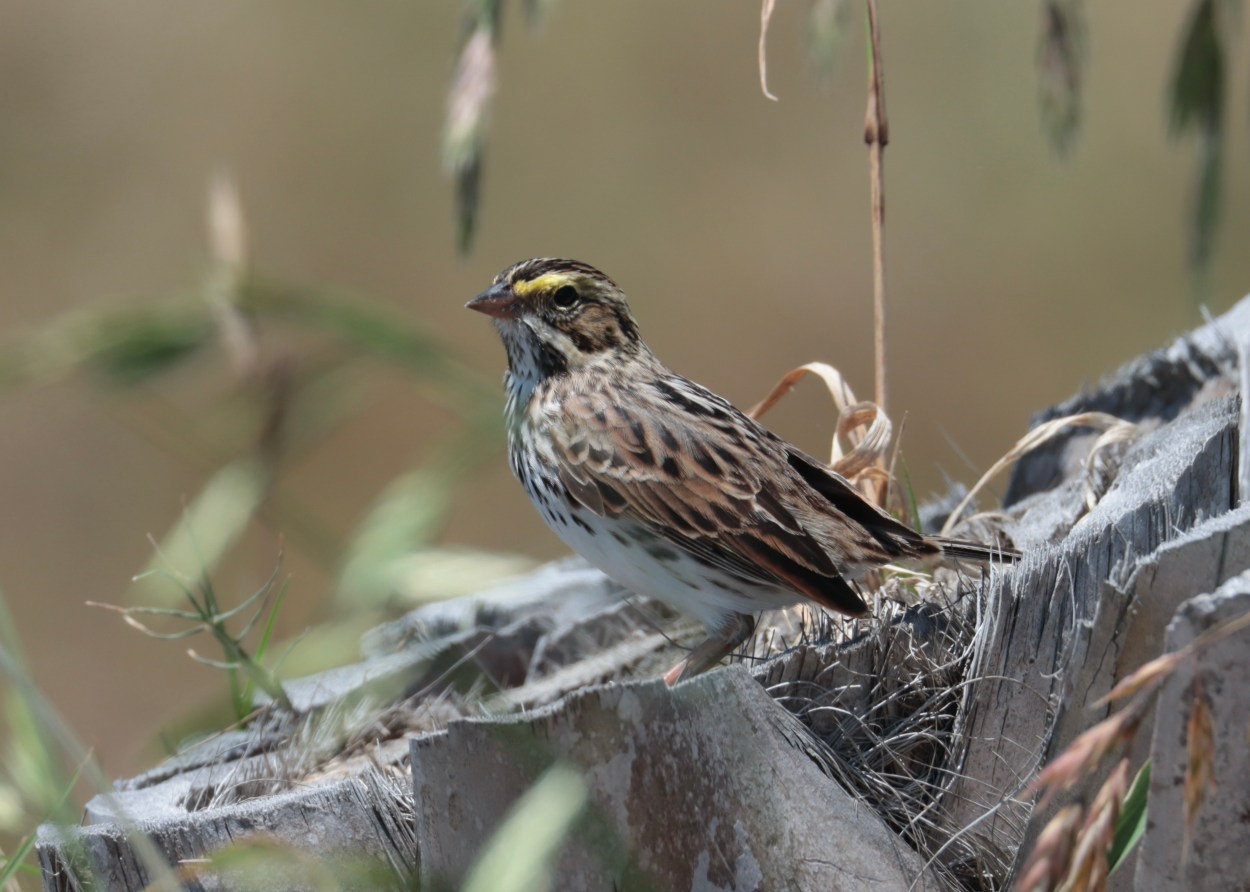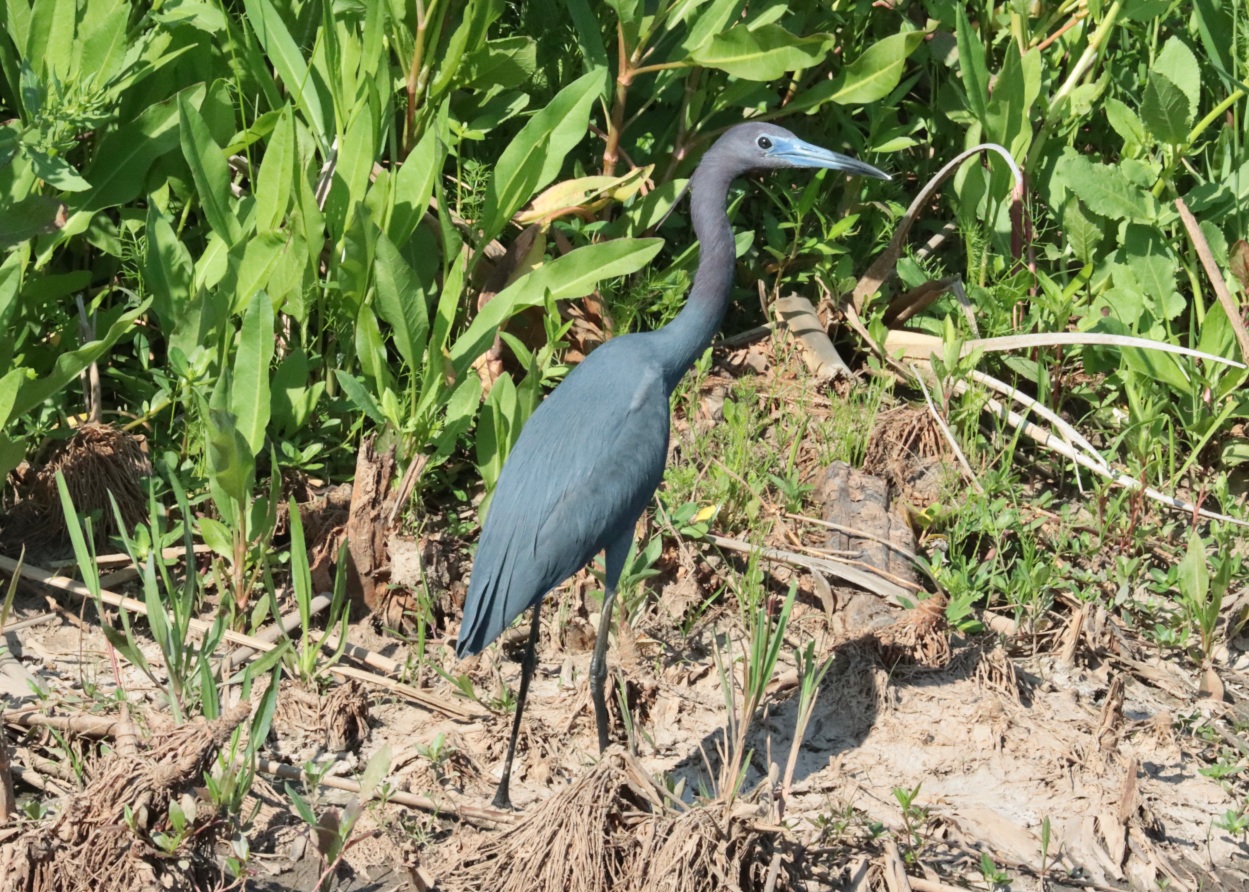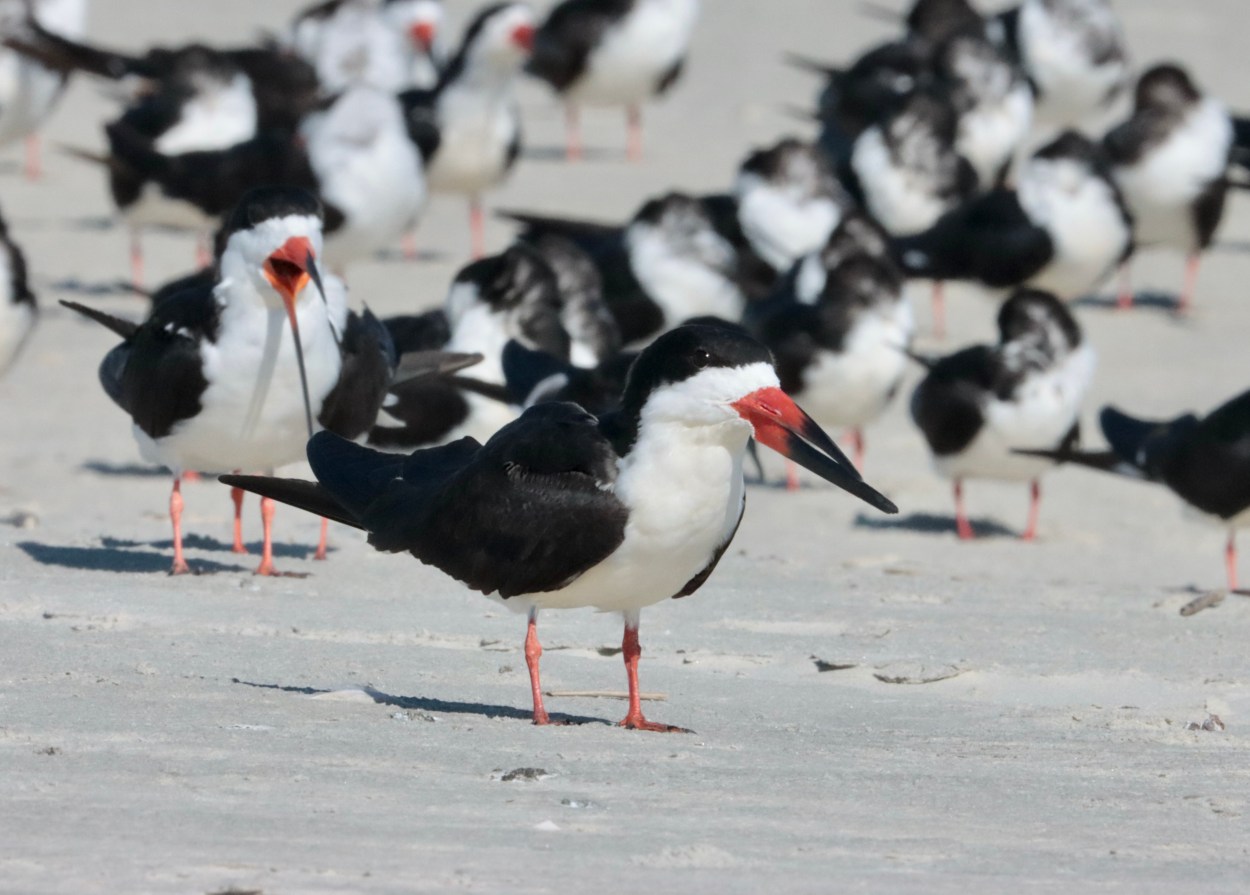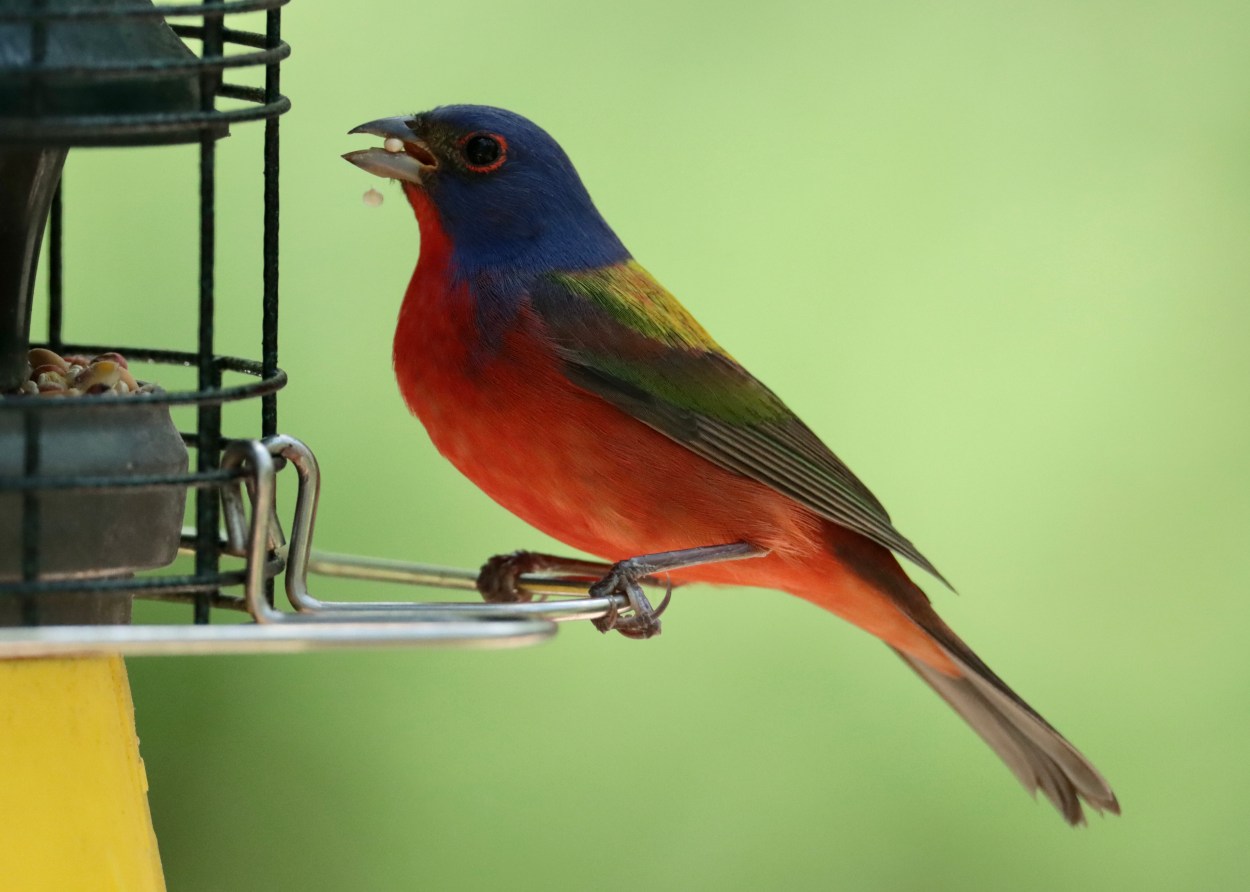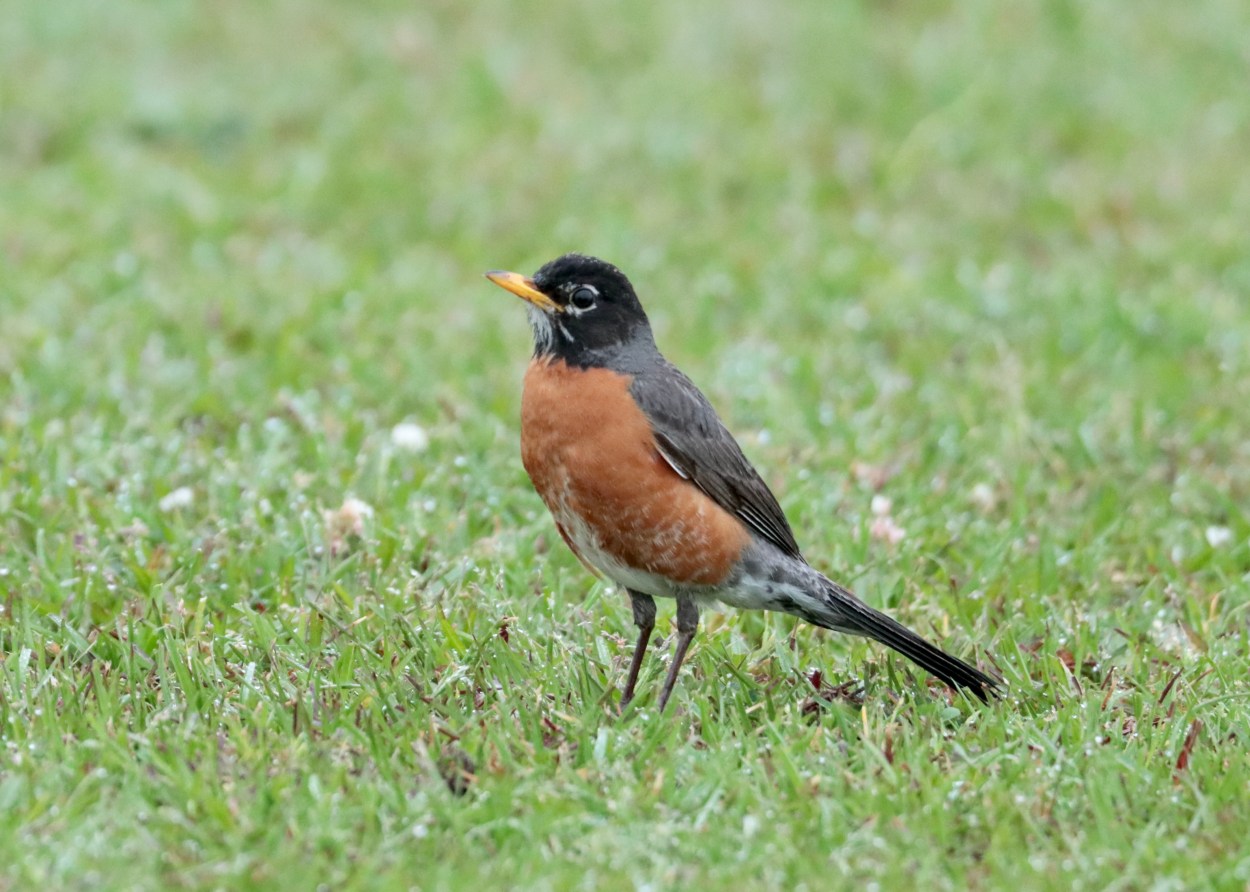
Today was the day when we met up with Bob & Sue and Andy, who have joined use for the rest of our GABRaT ll adventure. As the drive from the Outer Banks to Raleigh Durham airport was around four hours, we had to change vehicles and then drive 100 miles further north, to our overnight accommodation in Collinsville Virginia, we had very little time for birding other than an early morning return to Bodie Island lighthouse and stuff we saw from the car. We had fully expected it would be a ‘dot day’, as far as the GABRaT ll list was concerned, but as we were checking-in to our motel a couple of birds popped up on the grassy roadside verge – Song Sparrow – a welcome addition to the list. Given the relatively short stay in the State and the generally poor weather we were pleased to have managed to get our North Carolina list into three figures – 103 to be precise. Tomorrow we’re doing a few local sites before heading for the Allegheny mountains the following day.


